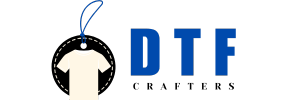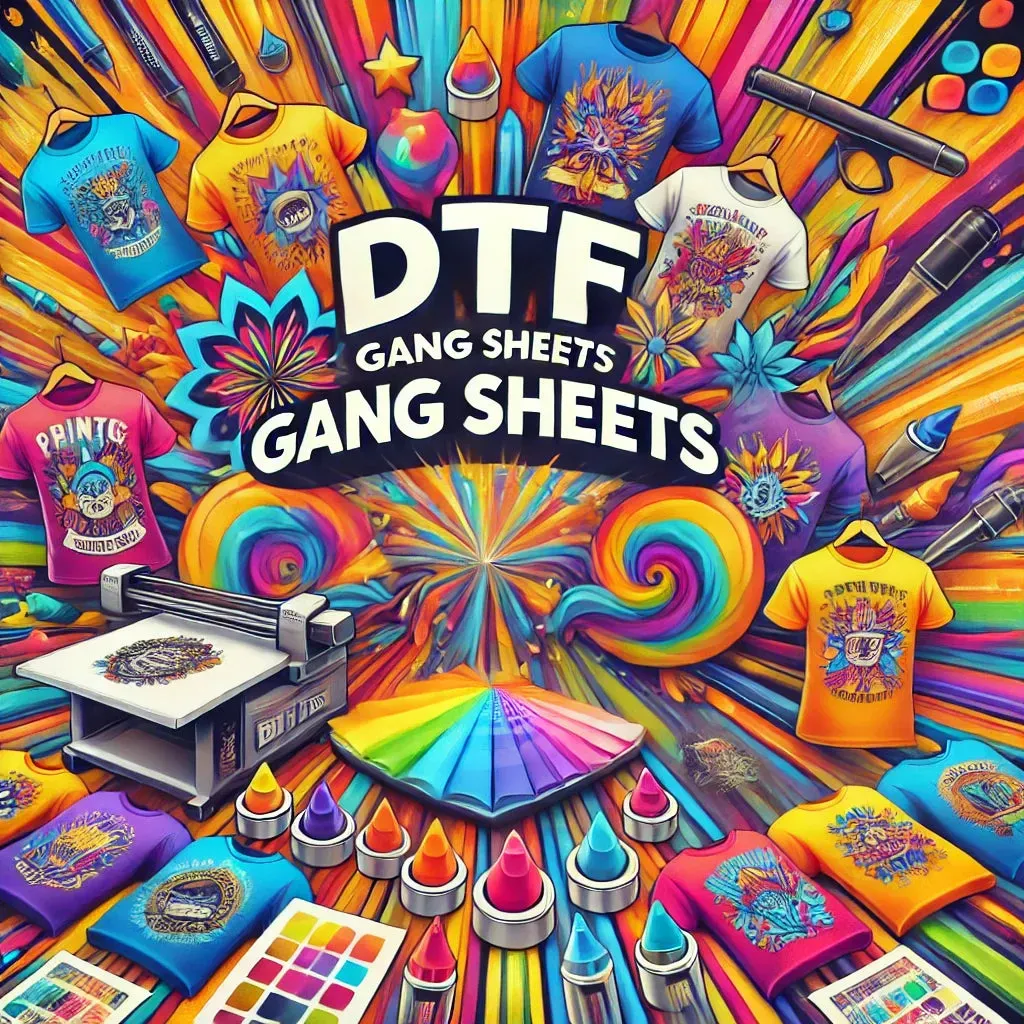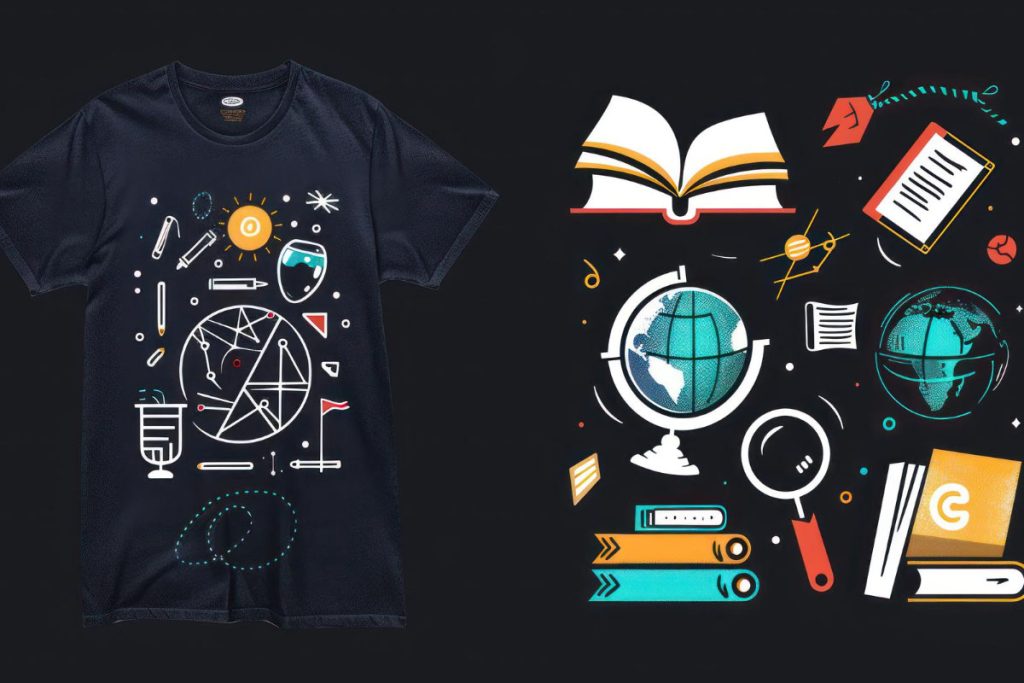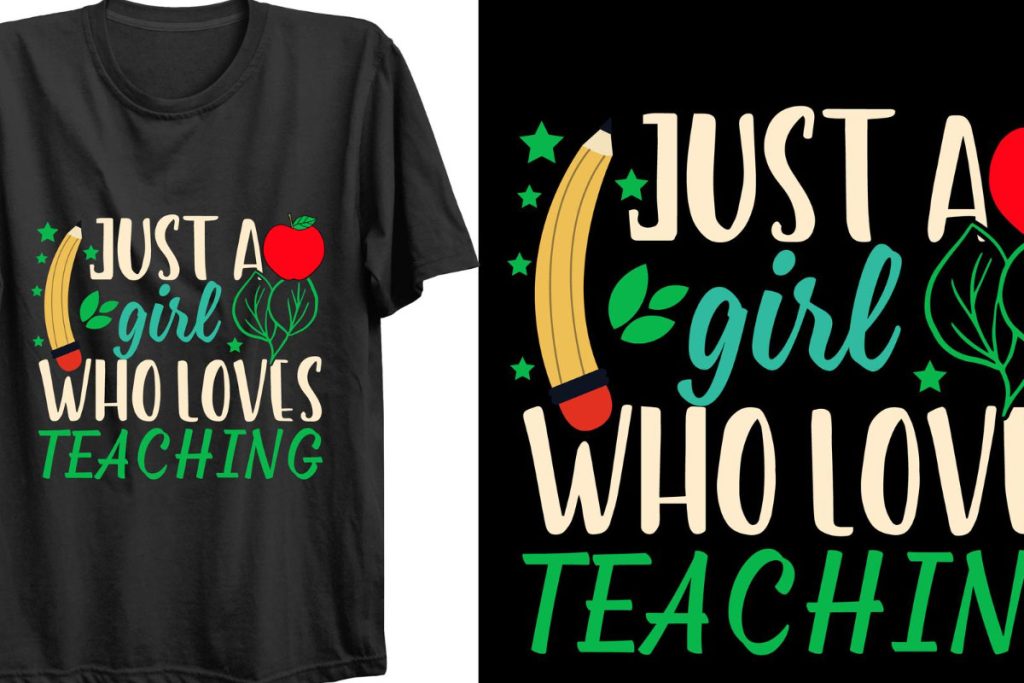In the dynamic landscape of custom apparel printing, **DTF gangsheets** have emerged as a game-changing innovation, revolutionizing the way we think about design and efficiency. This advanced technique allows for vibrant color reproduction and exceptional versatility, making it a preferred choice for printers and designers alike. By utilizing gangsheets, you can maximize the output of your designs while significantly reducing material waste and operational costs. In this comprehensive guide, we will explore invaluable DTF printing tips that will ensure your projects achieve print perfection through effective design optimization. Join us as we unlock the potential of DTF gangsheets and elevate your custom printing endeavors.
When we talk about Direct to Film (DTF) printing, one of the key concepts to understand is the use of **gangsheets**, a method that streamlines the printing process by allowing several designs to be printed on a single sheet. This approach not only optimizes resources but also enhances production efficacy, particularly for bulk custom apparel orders. Understanding the nuances of DTF gangsheets is crucial for those seeking to tap into the benefits of this innovative printing method. By focusing on elements such as design layout, print settings, and ink quality, you can enhance the overall output and achieve striking results. Engaging in the rich ecosystem of DTF printing can help you stay informed on best practices and tips, ultimately refining your skills in this ever-evolving field.
Understanding DTF Gangsheets: A Game Changer in Custom Apparel Printing
DTF gangsheets represent a revolutionary approach in the custom apparel printing realm. By enabling multiple designs to be printed on a single sheet, this technique not only streamlines the production process but also significantly reduces material wastage. This methodology appeals particularly to businesses managing high-volume orders, where efficiency and cost-effectiveness are closely tied to their success. Furthermore, the applied colors tend to be more vivid when printed on gangsheets, as the process allows for optimal ink utilization across various designs.
Additionally, the flexibility of DTF gangsheets means that businesses can experiment with color combinations and design variations without the risk of overcommitting to a specific layout. They can easily adjust designs according to customer feedback or emerging fashion trends, keeping their offerings fresh and appealing. This adaptability makes DTF gangsheets a powerful asset in an ever-evolving market.
Essential DTF Printing Tips for Optimal Results
When delving into DTF printing, certain foundational tips can vastly enhance the quality of your final products. For starters, ensure that you’re working with high-resolution files—ideally at 300 DPI or above. This attention to detail can prevent pixelation and ensure that prints maintain their integrity, especially when enlarged. Moreover, utilizing suitable color profiles can make a marked difference in how the final output appears; sticking to the CMYK format is generally recommended. It’s also worth experimenting with different software options to see which provides the best features for your design process, as intuitive tools can lead to improved workflows.
Another invaluable DTF printing tip is to maintain an organized workspace when designing. Whether you are using Adobe Illustrator or other software, employ templates and layer structures to keep track of multiple designs seamlessly. This organization not only saves time during printing but also allows you to experiment with different variations continuously, optimizing each design for maximum visual impact.
Maximizing Design with Optimization Techniques
Design optimization is crucial in ensuring that your DTF prints stand out in the crowded custom apparel market. Key practices include maintaining proper sizing—generally, designs should be kept between 5 to 12 inches—which helps to preserve detail during the printing process. Additionally, careful consideration of color profiles cannot be overlooked; understanding how digital colors translate into fabric hues is an essential aspect of achieving vibrant prints.
Moreover, familiarize yourself with the unique characteristics of various media you’ll be printing on. Each material interacts differently with ink, meaning that tests may be necessary to ascertain the best approaches for design optimization. For best results, ensure your designs are not only visually appealing but also technically sound for the print medium chosen.
Choosing the Right Software for Effective Gangsheets
Selecting appropriate software for creating DTF gangsheets is a vital step in achieving print perfection. Industry-standard programs like Adobe Illustrator or CorelDRAW provide powerful tools for intricate design adjustments, enabling creators to manipulate layouts efficiently. Features such as custom templates can also significantly streamline the process, allowing both beginners and experienced designers to generate professional-level gangsheets with ease.
Additionally, mastering your chosen design software’s capabilities can lead to greater efficiency in workflow, allowing for faster iteration on designs and quicker adaptations to feedback. With the right software in place, the pathway to producing high-quality DTF gangsheets becomes clearer, enabling you to focus on the creative aspects of your project rather than being bogged down by technical limitations.
Post-Printing Techniques to Ensure Longevity
Post-printing techniques are as essential as the printing process itself when it comes to ensuring the longevity of your DTF garments. One of the most critical steps is properly curing the printed inks, adhering strictly to the manufacturer’s guidelines to prevent issues like peeling and fading. This process not only enhances durability but can also impact the vibrancy of the printed colors over time.
In addition, mastering heat transfer settings is paramount. Different fabrics often require varying temperatures and pressure conditions; testing and documenting these settings will yield insights that can lead to improved results on future projects. Engaging with community forums dedicated to DTF printing can be valuable here, allowing you to share experiences and gather tried-and-true tips from other practitioners.
Engaging with the DTF Community to Enhance Skills
Continuous growth and learning in the custom apparel printing industry often stem from active engagement with the DTF community. Online platforms such as social media groups, forums, and marketplaces serve as vibrant hubs where individuals share insights, troubleshoot common issues, and exchange innovative design ideas. This collective knowledge can inspire you to refine your techniques and stay updated on industry developments, ensuring your skills remain competitive.
Moreover, participating in community activities, such as collaborative projects or workshops, can lead to invaluable hands-on experience that enhances your practical understanding of DTF printing. Networking with peers can open doors to collaborations that may not only enrich your skill set but also your business opportunities, fostering a supportive environment where creativity and knowledge thrive.
Frequently Asked Questions
What are DTF gangsheets and how do they enhance custom apparel printing?
DTF gangsheets are large sheets used in Direct to Film (DTF) printing that allow multiple designs to be printed simultaneously. This method not only saves resources but increases production efficiency, making it ideal for businesses focusing on custom apparel printing. By optimizing design layouts and utilizing high-quality inks, DTF gangsheets contribute to achieving print perfection.
What are some essential DTF printing tips for creating effective gangsheets?
To create effective DTF gangsheets, consider these DTF printing tips: ensure proper sizing of designs (5-12 inches wide), use the CMYK color mode for vibrant prints, and select high-resolution file formats like PNG or TIFF. Additionally, utilize design software for layout optimization and ensure optimal ink layering techniques to enhance color vibrancy.
How does design optimization affect the quality of DTF gangsheets?
Design optimization is crucial for DTF gangsheets as it ensures the artwork maintains quality during the printing process. Proper sizing, appropriate color profiles, and using high-resolution files directly impact the vibrancy and clarity of the final print, leading to superior results in custom apparel printing.
What software should I use for designing DTF gangsheets?
For designing DTF gangsheets, popular software like Adobe Illustrator and CorelDRAW is recommended due to their advanced design capabilities. These programs allow for effective layout manipulation and guide usage, making the process smoother. Additionally, utilizing downloadable templates can help streamline the design process.
What are the best practices for ink selection in DTF printing?
In DTF printing, choosing high-quality inks designed specifically for this method is vital. Utilizing layering techniques, especially starting with a white base layer for darker fabrics, enhances print vibrancy. Inadequate ink quality can compromise durability and color fidelity, so it’s essential to invest in superior inks.
What post-printing techniques should be followed for DTF gangsheets?
Following the printing of DTF gangsheets, it is crucial to adhere to proper curing processes to ensure that the inks set correctly, preventing fading or peeling. Additionally, using the right heat transfer settings on a press—considering temperature and duration based on fabric type—will yield optimal results in custom apparel printing.
| Key Point | Details |
|---|---|
| Introduction to DTF Printing | DTF printing offers vibrant colors and versatility, with gangsheets allowing efficient printing of multiple designs. |
| What Are DTF Gangsheets? | Gangsheets save resources and enhance productivity for bulk orders, focusing on design optimization, software use, ink choice, and print settings. |
| Design Optimization | Keep designs between 5-12 inches, use CMYK color modes, and ensure high-resolution files for quality. |
| Software Utilization | Use programs like Adobe Illustrator and templates for streamlined design processes. |
| Effective Use of Ink | Employ layering techniques and high-quality inks to enhance print quality. |
| Print Settings | Adjust printer settings based on media type and use reliable printers for best results. |
| Post-Printing Techniques | Cure inks properly and test heat transfer settings for optimal results. |
| Community Engagement | Connect with online forums and social media groups for tips and shared experiences. |
| Conclusion | Mastering DTF gangsheets combines creativity with technical skills. Community engagement enriches learning opportunities. |
Summary
DTF gangsheets represent a revolutionary approach in custom apparel printing that streamlines the production process while enhancing design quality. This method allows businesses and enthusiasts alike to maximize their printing potential by efficiently utilizing resources and achieving vibrant, high-quality designs. By focusing on key aspects such as design optimization, proper software utilization, effective ink management, and attentive print settings, you can ensure that your DTF printing experiences are met with success. Engaging with the DTF printing community further augments your knowledge base, making you a part of an evolving industry that values sharing and innovation.



